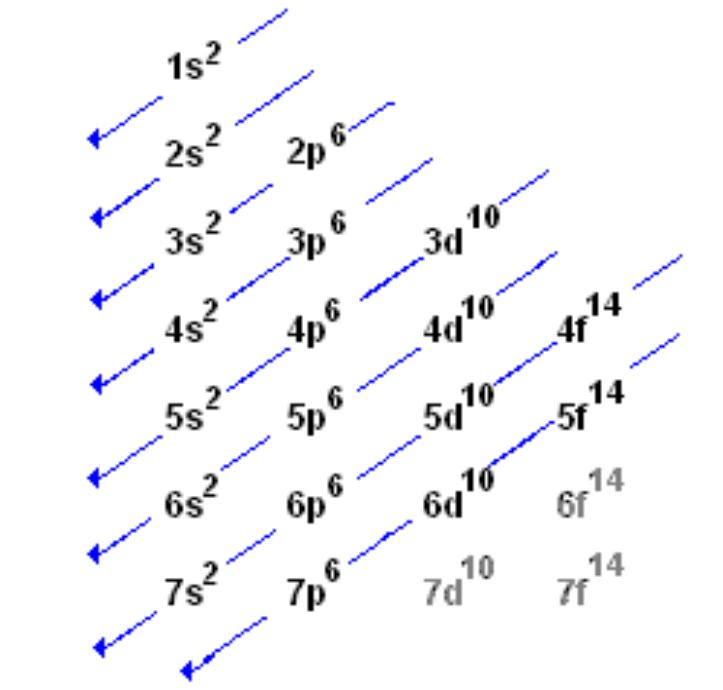Chemistry of Life
1/22
There's no tags or description
Looks like no tags are added yet.
Name | Mastery | Learn | Test | Matching | Spaced |
|---|
No study sessions yet.
23 Terms
What is the distinction between biology and chemistry
there is no clear distinction because the two sciences are parts of the same whole
Which 4 elements make up approximately 96% of living matter
C, H, N, O
carbon, hydrogen, nitrogen, oxygen
give an example of a trace element essential to humans
iodine
example of the following is trace element that is essential to humans & other living organisms
Iron
why is each element unique and different from other elements
atomic number
how do you approximate the mass number of an element
add together the number of protons and neutrons
the atomic number determine the amount of which subatomic particles
protons & electrons
what is an atomic form of an element with the same number of protons but a different number of neutrons
isotope
what makes isotopes differ from eachother
number of neutrons
what happens to electrons if an atom absorbs sufficent energy
the electron may move to an electron shell farther out from the nucleus
what do the reactive properties or chemical behavior of an atom depend on
the number of electrons in the outer valence shell in the atom
describe the characteristics of an atom with eight electrons in its outer electron shell
stable & nonreactive
what is valance
the amount of electrons an atom needs to achieve a stable, filled outer shell
electron configuration

what is a covalent chemical bond
outer-shell electrons are shared by two atoms so as to satisfactorily fill the outer electron shells of both
what do atoms form when they share electron pairs
molecules
what do the four elements most abundant in life have in common
they all have unpaired electrons in their valence shells
what is formed when two equally electronegative atoms interact
ionic bonds
when is a covalent bond likely to be polar
wen one of the atoms sharing electrons is much more electronegative than the other atom
polar vs nonpolar
polar: uneven distribution of charge
nonpolar: even distribution of charge
which of these are a polar covalent bond: C—H or H—O
H-O
When do Van der Waals interactions happen
when electrons are not symmetrically distributed in a molecule
Describe chemical equilibrium
Reactions continue with no effect on the concentrations of reactants and products